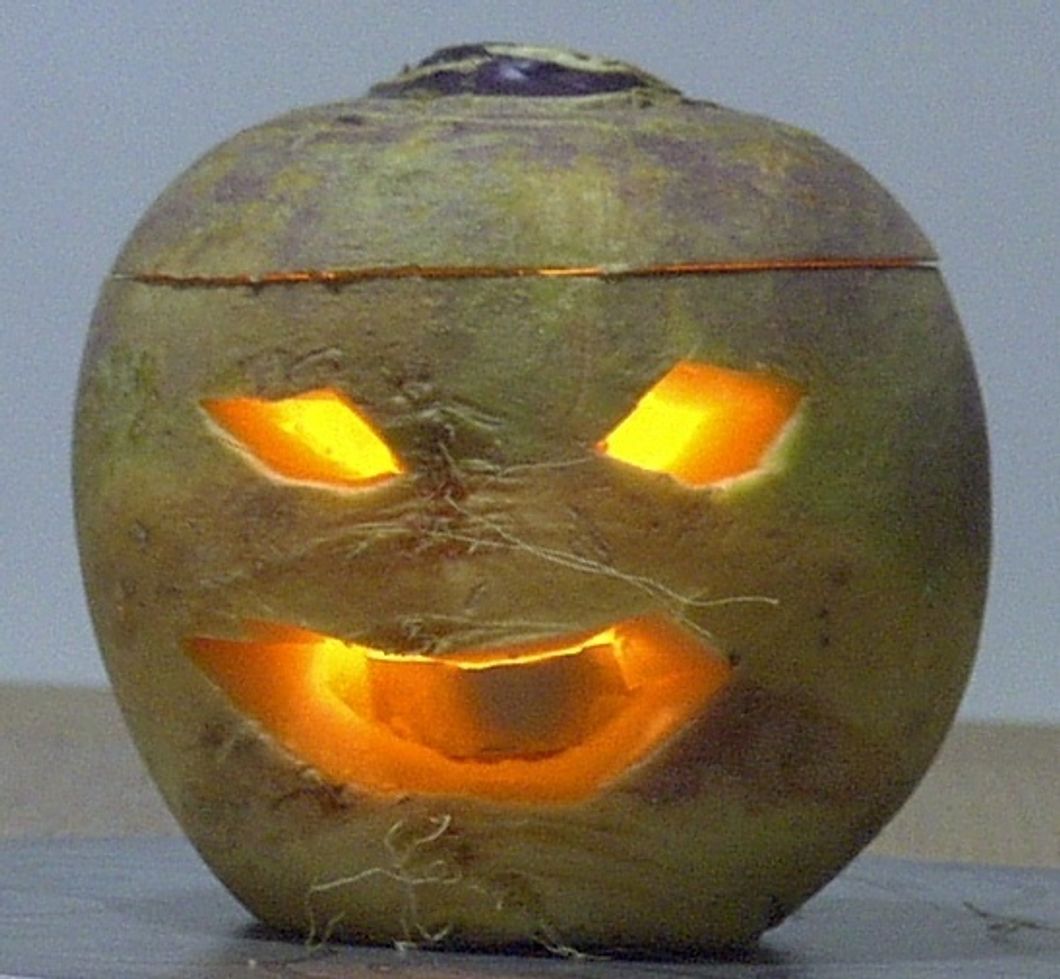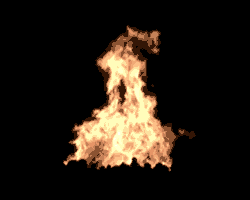The traditions of Halloween have come a long way from their ancient origins. Originating around 2,000 years ago, a tradition known as "All Hollows' Eve" began at the end of the harvest season. The ancient Celts would dress in costumes and light a bonfire to ward off evil spirits. Back then, with the cold brought death, and it was a way they believed to keep them safe.
So how did the holiday make its way to America? Well, in the first half of the nineteenth century, it was not a very commonly known or celebrated holiday. It was mostly limited to colonial New England. When the customs of the colonies combined with the customs of the Native Americans, new traditions formed, such as parties that included stories of the dead, fortune telling, dancing, and singing.
Still, the holiday was not celebrated everywhere in the country. It wasn't until Irish immigrants came to America that the holiday was popularized. Irish and English traditions combined to form, you guessed it, trick-or-treating.
The evolution of Halloween in America didn't stop there. In the late 1800s, a movement began to make Halloween a more family-friendly holiday — i.e. fewer witches and ghosts and more candy and games. Parties began focusing on festive costumes, food, and games. No more spooky stories and fortune telling!
So, that's the history of the holiday we know and love. Now you know Halloween was not invented by the candy companies!




















